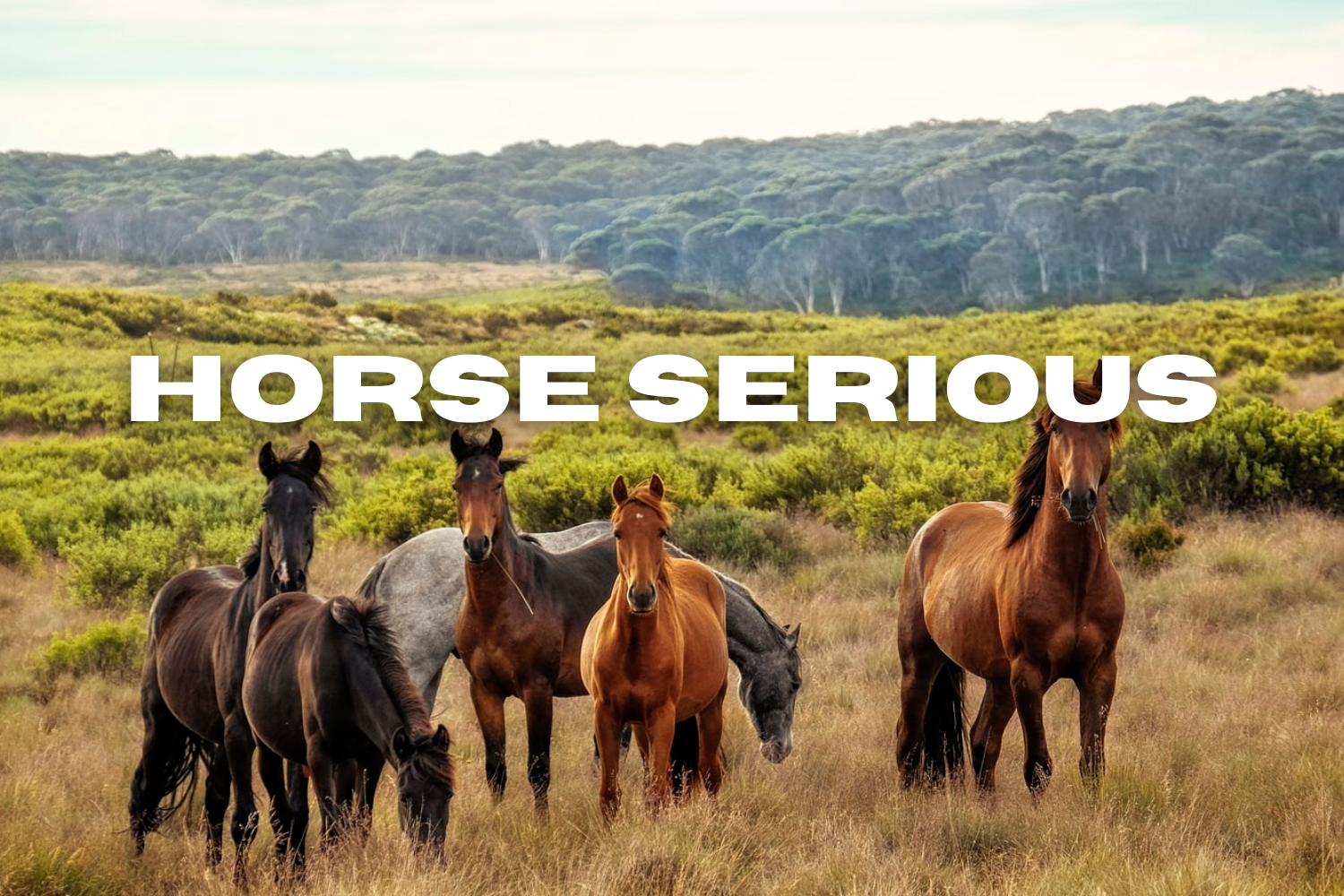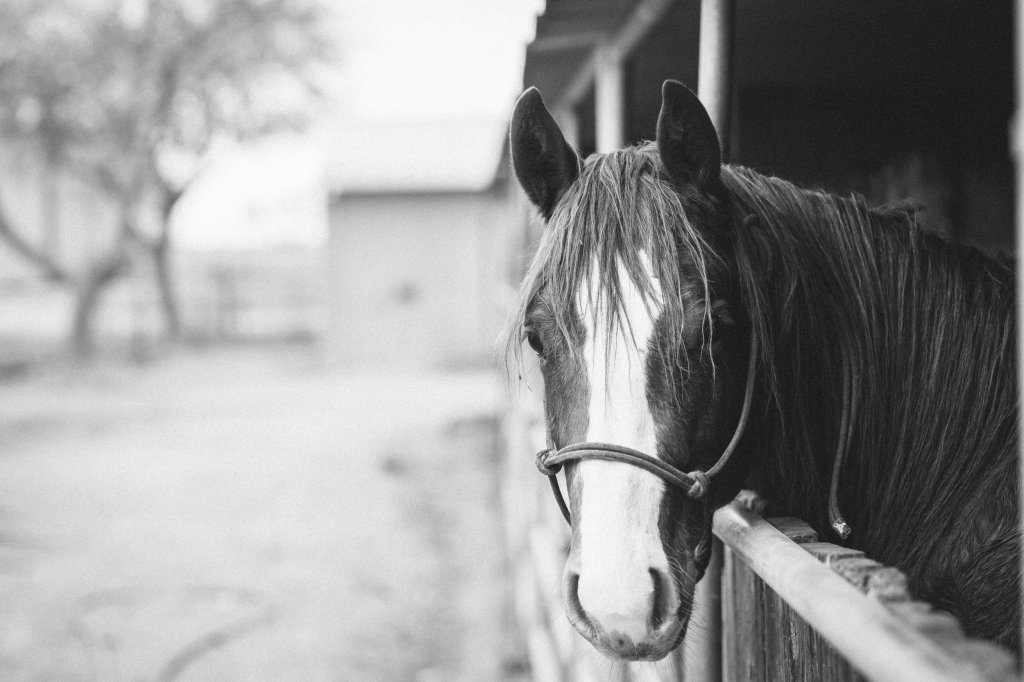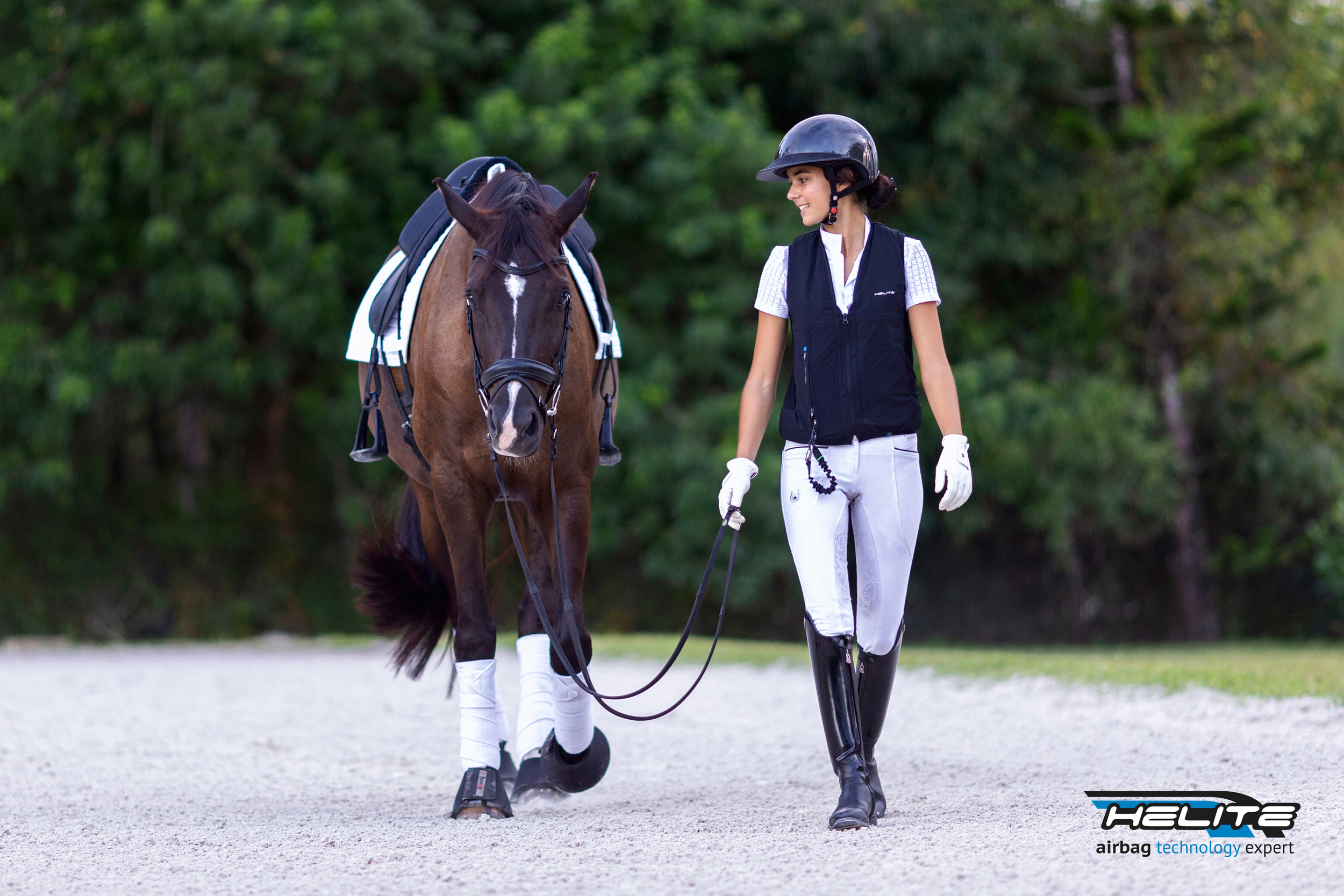Undesirable equine behaviors are those actions that owners or handlers find bothersome, destructive, hazardous to human safety, or compromising the welfare of the animal. Resolving these behaviors can prove challenging, mainly due to the fact that not all unwanted behaviors are abnormal within the equine realm.
Instances of undesirable equine behaviors encompass:
-
Pawing and striking gestures
-
Rearing and bucking tendencies
-
Bolting or sudden shying reactions
-
Reluctance to move as directed
-
Biting or displaying aggressive behavior
-
Engaging in stereotypies (repetitive actions lacking apparent purpose); and Exhibiting self-injurious conduct.
https://pagead2.googlesyndication.com/pagead/js/adsbygoogle.js?client=ca-pub-3762802995754264
(adsbygoogle = window.adsbygoogle || []).push({});
These behaviors can arise due to factors like pain, fear, anxiety, confusion, untreated medical issues, poor management, and improper training techniques.
Unwanted behaviors not only jeopardize the safety of both humans and equines but also contribute to challenges within the equine industry, including the attrition of horses.
Many behaviors owners find worrisome are actually typical responses. However, they might need modification to improve safety for both humans and horses and reduce rates of abandonment, rehoming, or euthanasia.
Often, what humans perceive as problematic conduct is simply a manifestation of the horse’s inherent traits. Because of their size, quick reflexes, discomfort with the unfamiliar, and susceptibility to claustrophobia, horses’ inherent traits can occasionally clash with human demands for obedience, especially in tight spaces and highly stimulating surroundings.
Pain stands as a prominent contributor to equine behavior issues. It is important to investigate pain as a potential trigger for undesirable behavior, particularly if the behavior emerges suddenly. Upon relieving the horse of pain, the problematic behaviors may disappear or can be eradicated through a tailored behavior modification strategy.
Strategies for behavior modification encompass the reinforcement of desired actions via the addition of positive stimuli following the correct behavior or the removal of aversive stimuli when the horse displays the desired behavior. These are termed positive and negative reinforcement, respectively.
https://pagead2.googlesyndication.com/pagead/js/adsbygoogle.js?client=ca-pub-3762802995754264
(adsbygoogle = window.adsbygoogle || []).push({});
In the view of behaviorists, emphasizing the reinforcement of positive actions proves more effective than penalizing negative behaviors. Punishing behaviors entail causing the horse pain, discomfort, or negative outcomes as a result of undesirable actions. Conversely, reinforcement involves providing positive results when desirable behaviors are exhibited. Prioritizing the cultivation of these preferred actions helps substitute undesirable behaviors with more favorable alternatives.
Although both positive punishment and negative reinforcement entail introducing an aversive stimulus, positive punishment is often applied to horses without warning.
This method can trigger fear and anxiety, often coupled with significant discomfort. In contrast, negative reinforcement includes administering the aversive stimulus before the behavior, without requiring swift or intense application. There’s no need for fear or discomfort; only mild pressure to prompt the desired behavior, swiftly followed by removing the aversive stimulus to strengthen the action.
In many scenarios, behaviors that are undesired yet normal may require modification to bolster human safety and foster a stronger bond between horse and handler.
Effectively dealing with behavior challenges entails addressing physiological concerns like pain, adjusting the horse’s care, training, and handling methods, and, when relevant, participating in focused behavior-modifying training.
This Article Is Sponsored by Helite US and The Zip’In Air Vest
Ride fearlessly with optimal protection when you wear a Helite Zip’In 2 Airbag Vest.
Don’t risk serious injury, wear the air vest!


